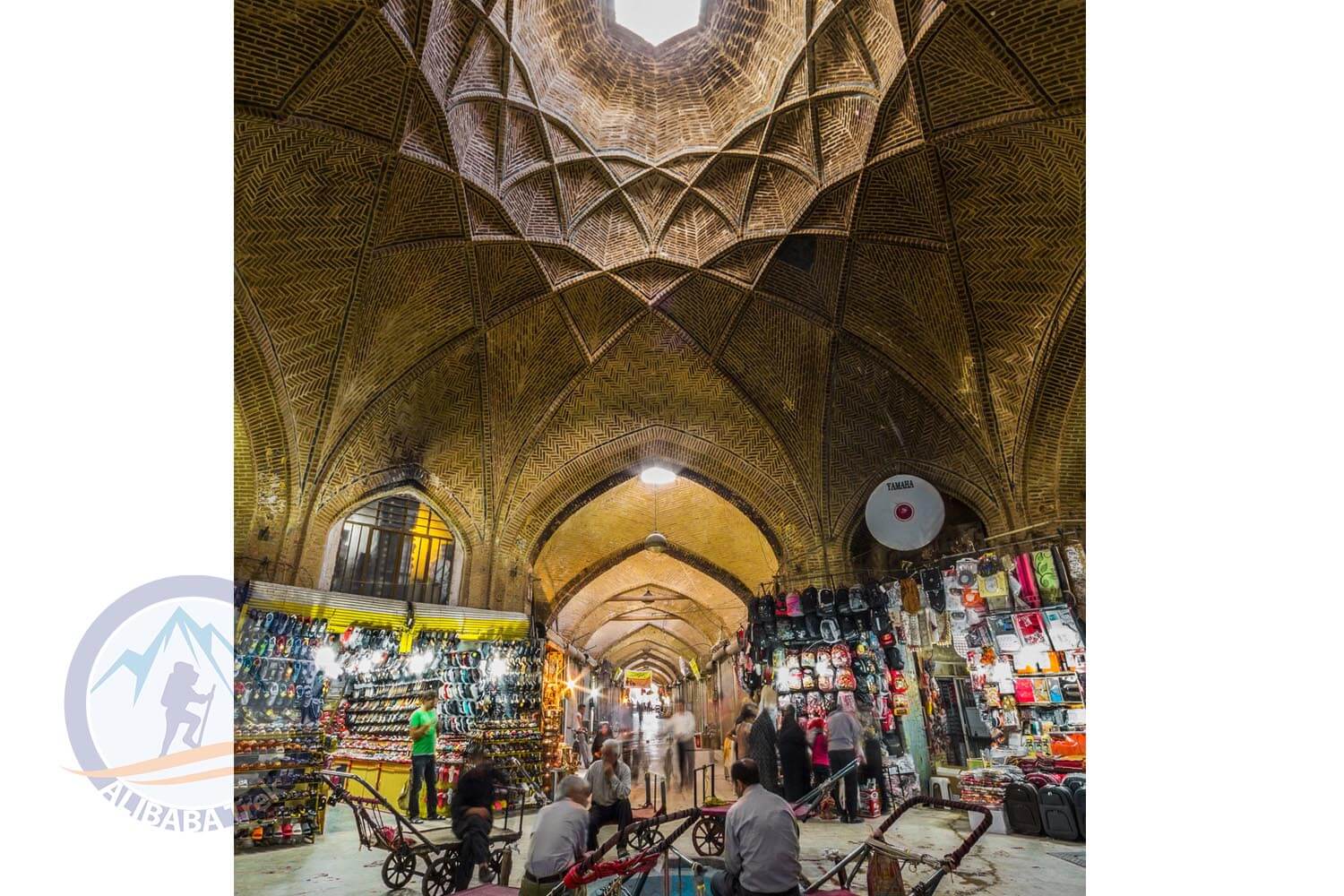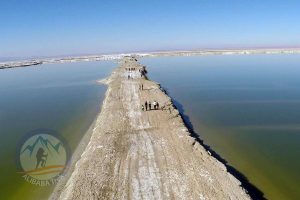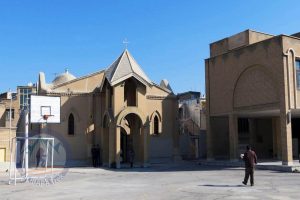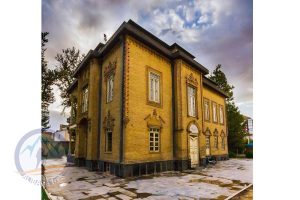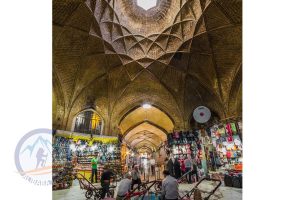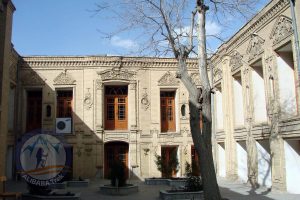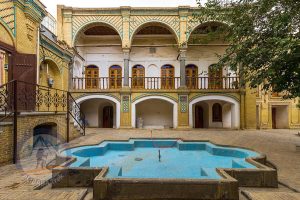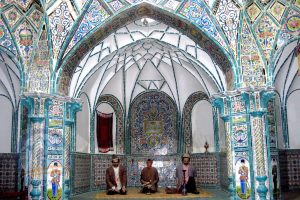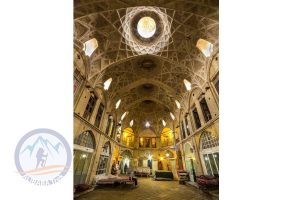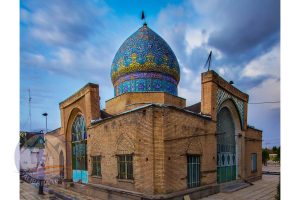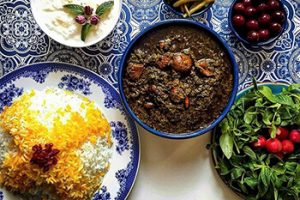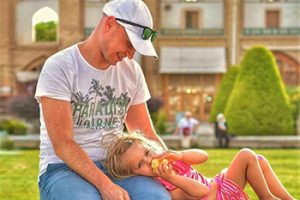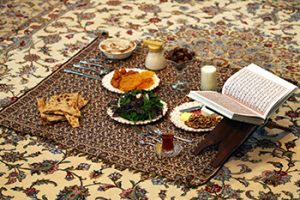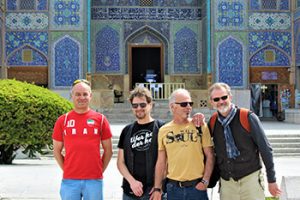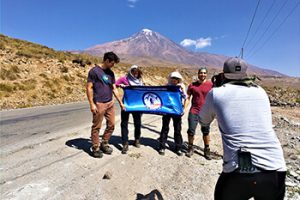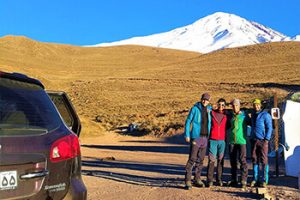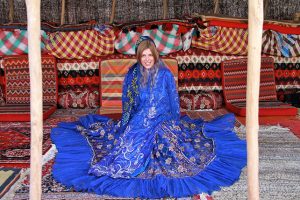ARAK
An industrial interesting city in central Iran, founded in 1808 by a Georgian warlord.
Located in Markazi province and about 288 kilometers south-west of Tehran, Arak is an interesting city. Compared to other regions in central Iran, the city has milder summers but they’re still dry and warm. Autumns can get windy and cool, and winters snowy and cold; however, the best season to visit is the beginning of spring when the weather is fair and pleasant.
Even though there have been several archeological findings around the city hinting for an ancient settlement in the area, the modern-day city was at first a fortress called Soltan Abad constructed during the Qajar era; Arak was founded in the surrounding fertile but uncontrolled lands nearby the fortress in 1808 by a Georgian warlord.
There has been some debate on the origin of the word Arak. Some say it means the township, capital, or date orchard and some others hold that Arak could be the Persianized pronunciation of the neighboring country, Iraq which means “the edge”. The Arak and Sarouk carpets – named after two cities in Markazi province, where they were originally produced, due to their high quality and unique decorations like symmetrical floral shapes, are among the best Persian carpets woven throughout Iran.
Arak Bazaar
Arak Bazaar, situated at the center of the city, is an amalgam of traditional and modern architectural designs. The bazaar is almost two hundred years old and was constructed by the same Georgian warlord who founded the city of Soltan Abad, which changed into Arak in 1938.
This huge bazaar covers an impressive 14-hectare area and shows Qajari architectural elements like adobe arcades and domed arches. All of the bazaar’s numerous consecutive domes is equipped with a light-well at the top center of the ceiling, working as an air conditioner and offering to light to the visitors.
The enormous bazaar consists of at least 500 shop units as well as some mosques, a few bathhouses (hammams), even schools and seminaries, in addition to traditional water reservoirs (ab Anbar).
Made from brick, wood, and stone, the Arak Bazaar was registered as a National Heritage Site in 1977.

Saint Mesrop Church
Saint Mesrop is a church in Arak, built during the Qajar era, and is the main place where the Armenian community of the city prays. Having a rectangular architectural plan, the church enjoys light-wells on the ceilings providing light and air ventilation, two entrances in the west and south, and a bell tower which is situated opposite from the western entrance. This modest complex comprises of a prayer hall, a clergy house, and a congregation hall. Saint Mesrop Church was inscribed on the National Heritage Site list in 2001.


Hassanpour House
Accessible through the traditional Arak bazaar and situated close to the Sepahdari Seminary, this hundred-year-old house belonged to an aristocratic carpet merchant and now has become open to the public to visit. Similar to those found in Kashan and through its thoughtful architecture, the house has been attuned to seasonal changes of sunlight; it enjoys a variety of different rooms, all of which open to the main courtyard, including a summer and a winter living room.
As of today, Hassanpour house has been chosen as the center for showcasing Araki handicraft; including carpet weaving, pottery, Persian calligraphy, wood carving and traditional costumes among other things are displayed, as well as a place for workshops to teach and preserve these traditional skills. The house was listed on the National Heritage Site in 1999.


Four Seasons Bathhouse
The Four Seasons Bathhouse is a Qajar era bathhouse constructed by a philanthropist carpet merchant and aristocrat who also paid for other public structures in Arak such as a seminary. Four Seasons is called so because the tilework in the four corners of the structure has pictures of different seasons of the year. Being the largest public bathhouse throughout the country, Four Seasons has 8 pillars and a high dome; it has different rooms for both sexes and it is, in fact, the only public bathhouse with a separate room for religious minorities.
Four Seasons boasts of its intricate and quite unique tilework depicting natural elements such as flowers, springs, and rivers, as well as portrays of military men in their Qajari uniform.
The complex has turned into a gem since becoming the location of Arak’s Anthropology Museum and is home to many wax figures showing the costumes of the time as well as Qajari manuscripts and carved metal dishes and copper pots. The Four Seasons Bathhouse was enlisted on the National Heritage Site in 1977.
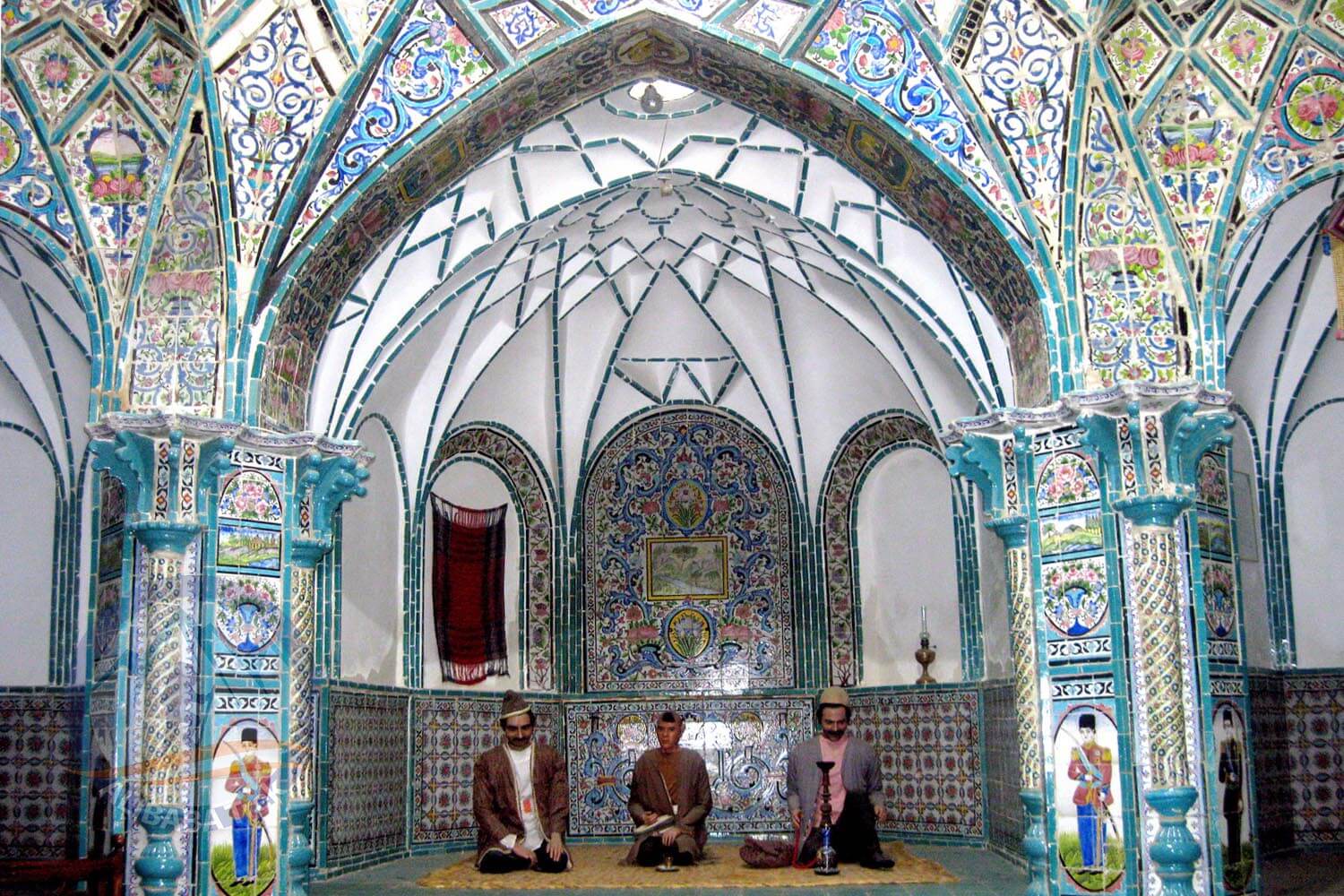

Sepahdari Seminary
Integrated with the Arak bazaar in the old part of town, Sepahdari Seminary was built about the same time when the city was founded by a Georgian warlord who was also its first governor. The complex has a classic four-iwan design; the iwans facing north and south are taller than the ones facing east and west.
The intricate tile work of the façade, as well as the interiors of the mosque, are strongly suggestive of Safavid architecture. There are about 25 study chambers, allocated for the theologians to-be, all of which are facing the relatively large main courtyard. The single-shell dome is the biggest dome found in the old part of town; its under-dome ceiling tile work is furnished with Persian calligraphically elaborate tiles with holy inscriptions.
There has come out an impressive number of influential clergymen and grand ayatollahs from this modest quaint complex, including the distinguished Imam Khomeini, founder of the Islamic Republic, who resided in an eastern chamber.


Aqa Noureldin Araqi Mausoleum
Built after his death in 1963, the memorial of Grand Ayatollah Aqa Nour al-din Araqi, a highly influential Qajar cleric who studied in Najaf in Iraq and came back to Iran afterward, is small and quaint mausoleum with an entrance iwan and a modest prayer room. The 15 meters high double-shell dome is ornamented with Iranian-style ultramarine and gold tilework. The intricate mirror work of the tomb chamber is also impressive. This complex has also been inscribed on the National Heritage Site list in 2001.
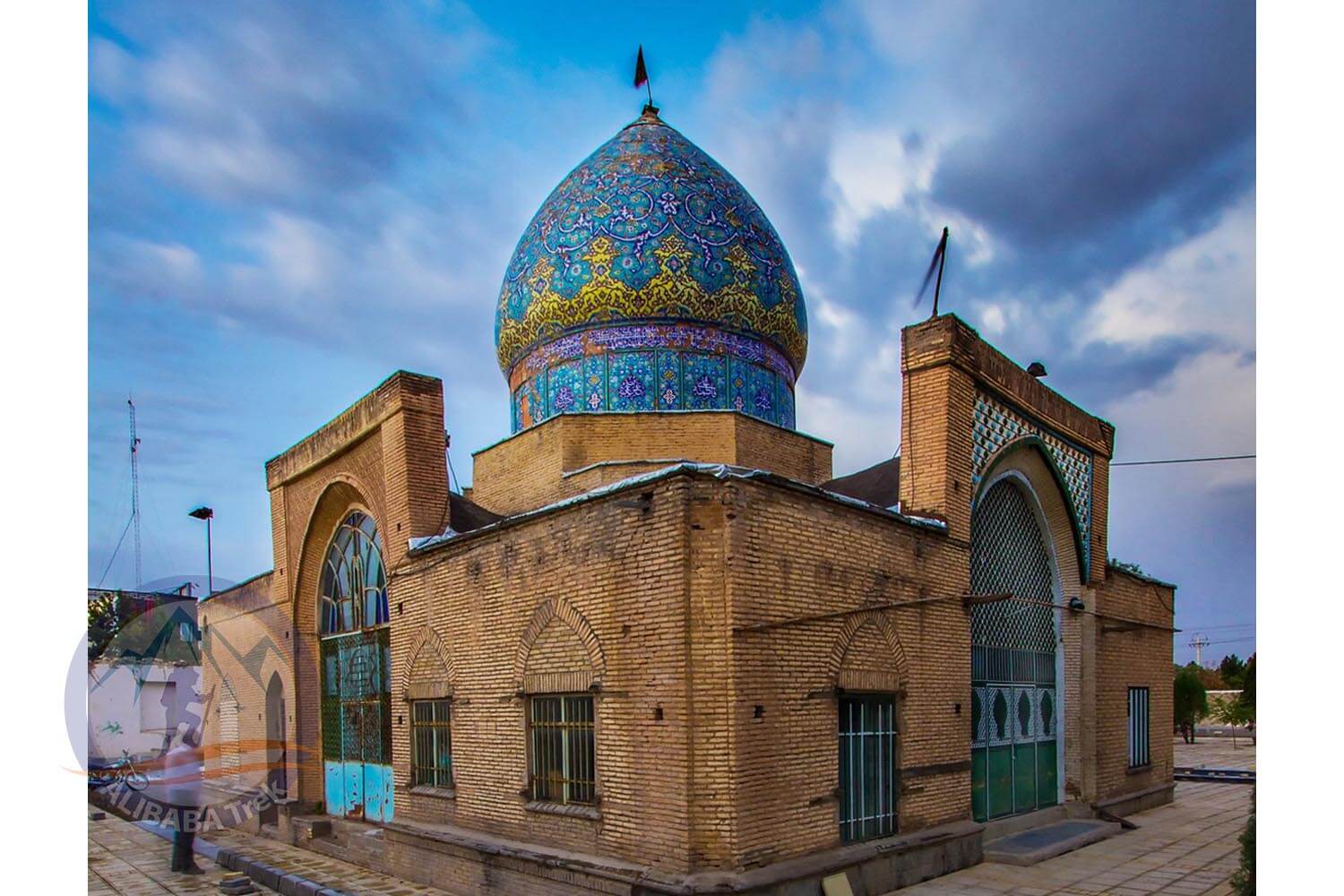

Khakbaz House
Khakbaz is a house designed and erected by a Russian engineer and an Iranian architect in the late Qajar era. Covering a vast 3000 square meters, this house showcases its remarkable architecture with its two iwans, 11 rooms, a small garden, and two water reservoirs connected to an underground qanat channel.
At the moment, the house is also home to Arak Personage museum exhibiting busts and sculptures of eminent figures such as Imam Khomeini and Amir Kabir as well as their photos, documents, and works. Khakbaz house was listed on the National Heritage site in 2001.
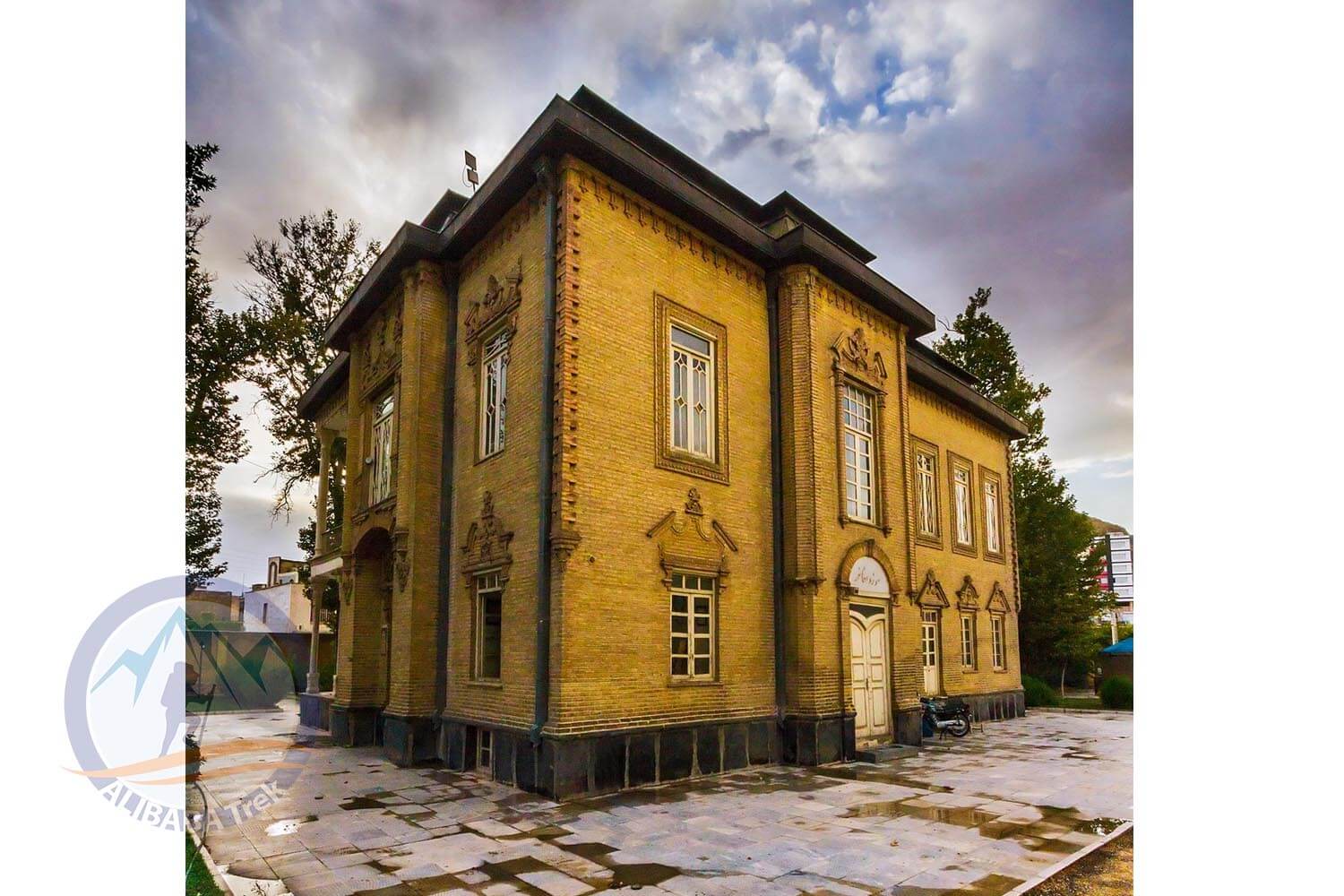

Arak Photo Gallery
General Info
- Population: 526,183
- Area: 50 - 70 km2
- Elevation: 1,718 m (5,636 ft)
- Climate: cold and temperate
- Avg. Annual Temperature : 11.8 °C

